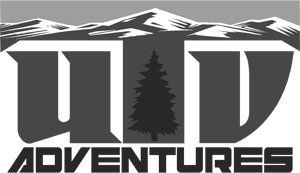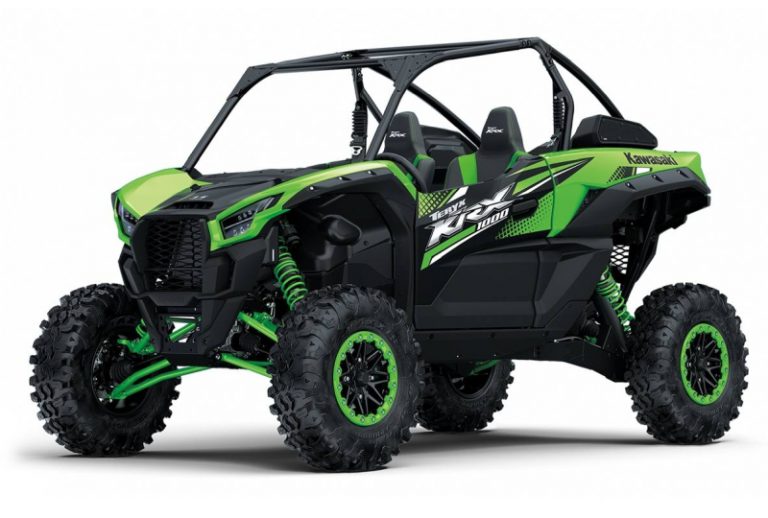What is the best UTV on the market today?
The short answer: No UTV is “the best one” for all terrain types and rider preferences. Each has strengths and weaknesses, and it boils down to personal preference in most cases. Deciding which UTV should be your first is a very tricky decision, and most people get it wrong. A common mistake is to buy…



